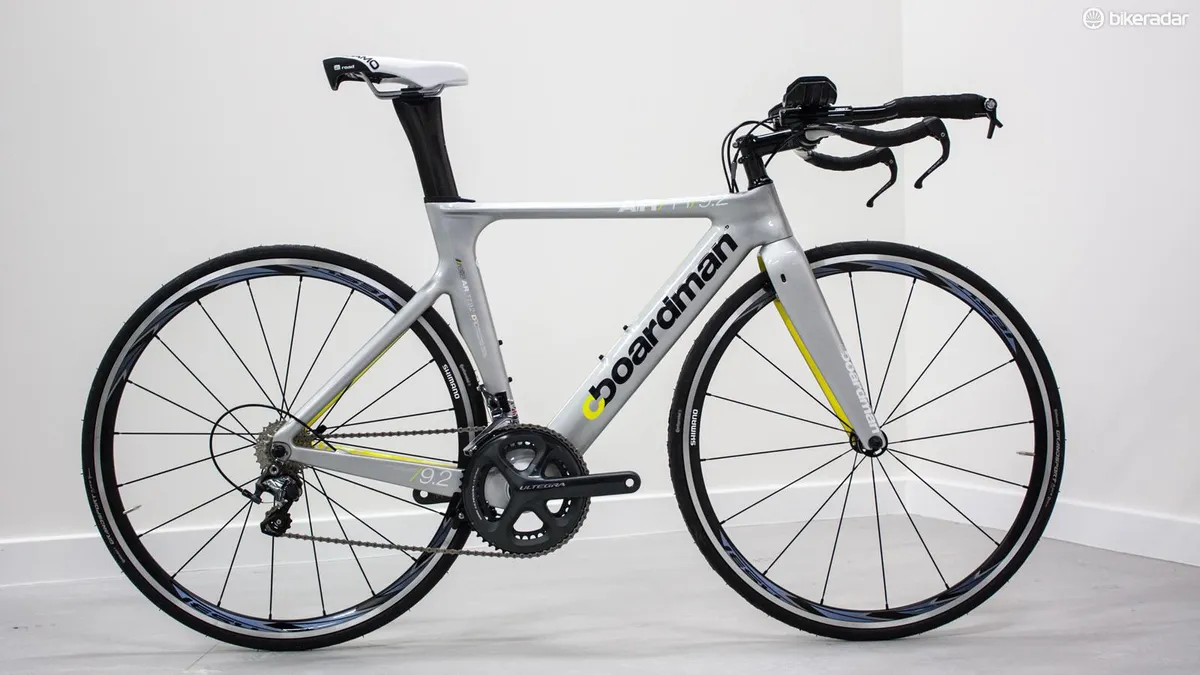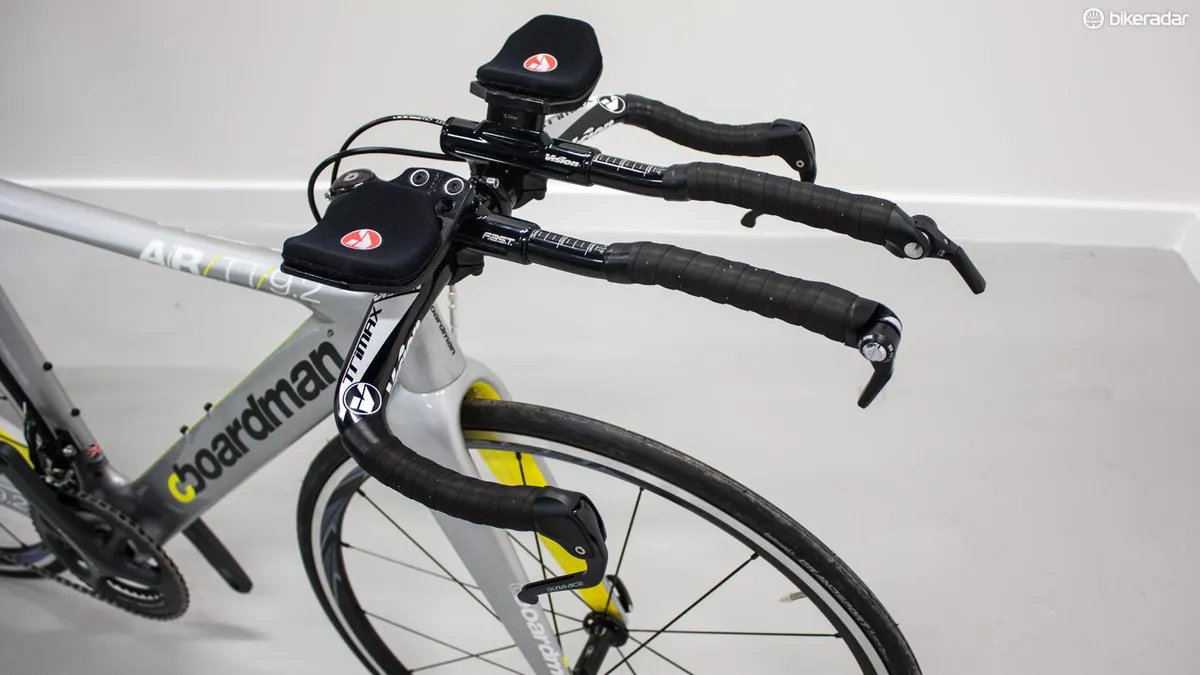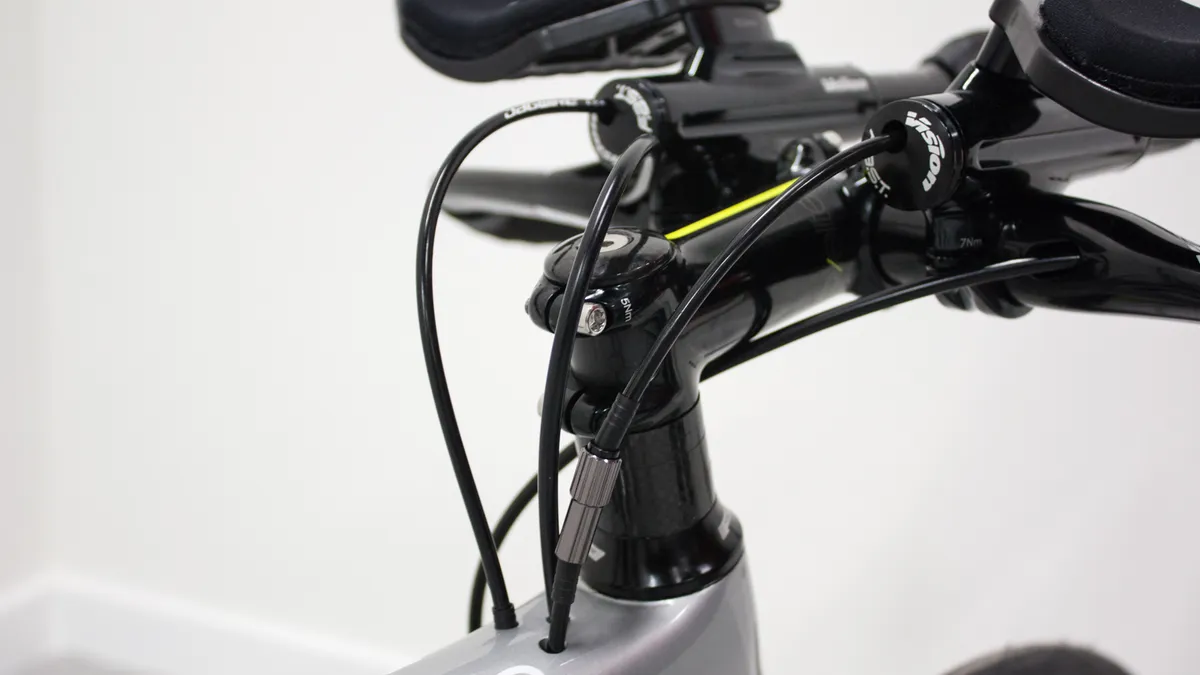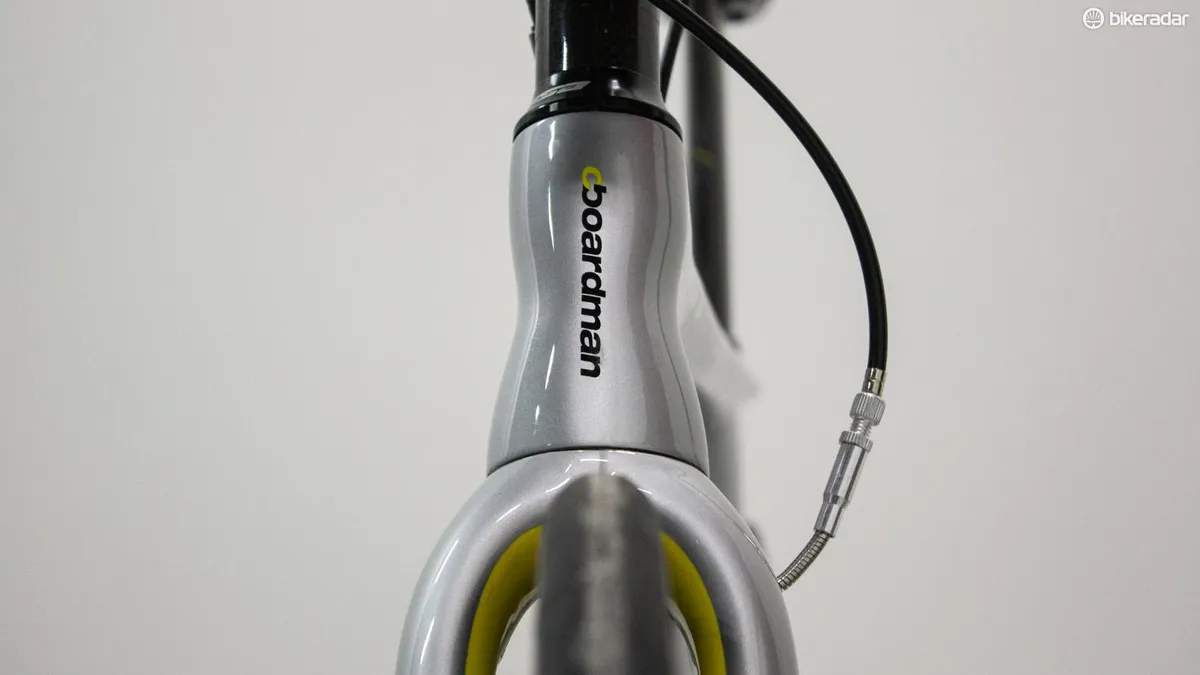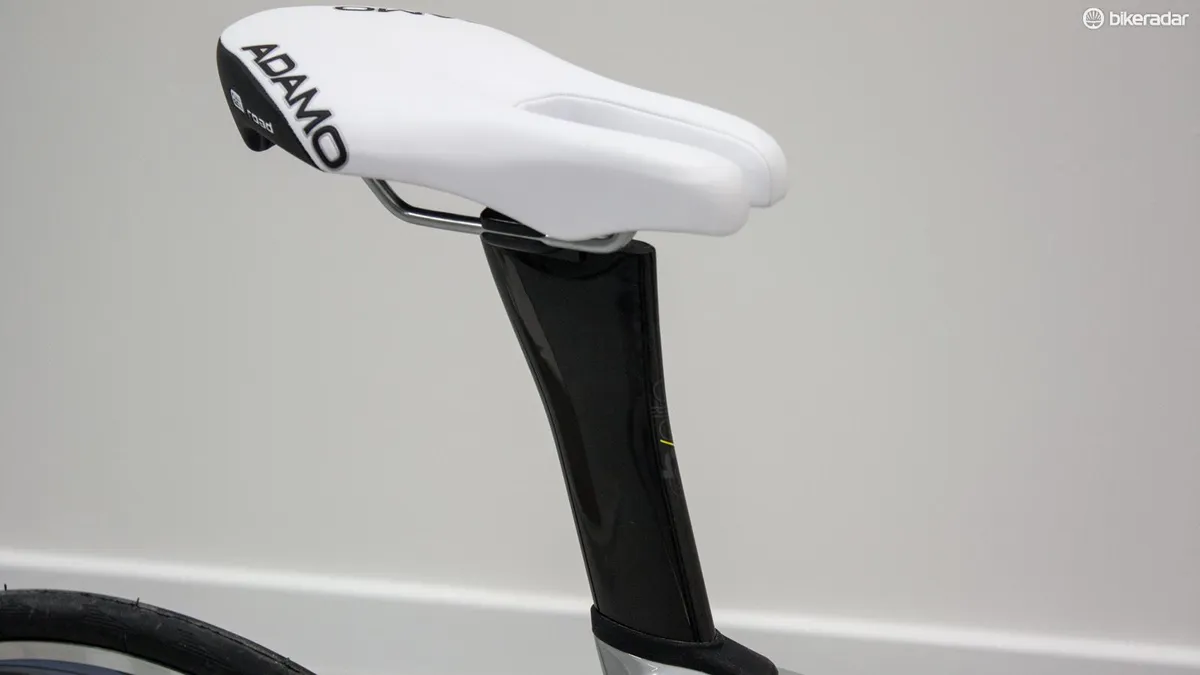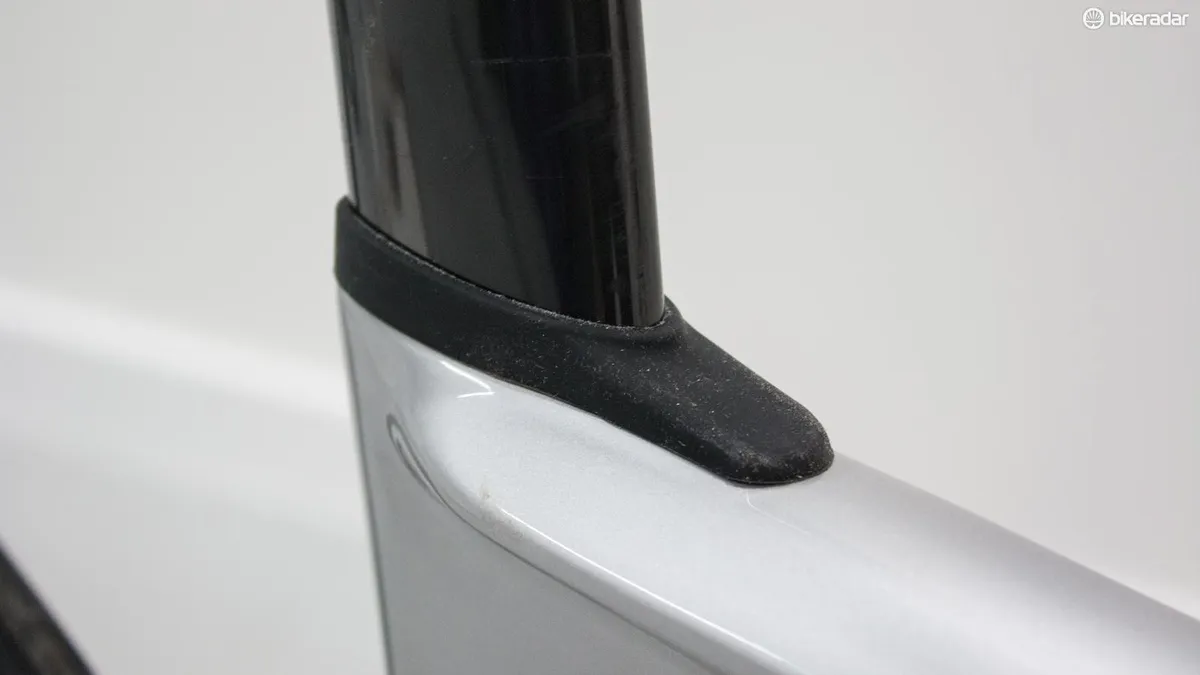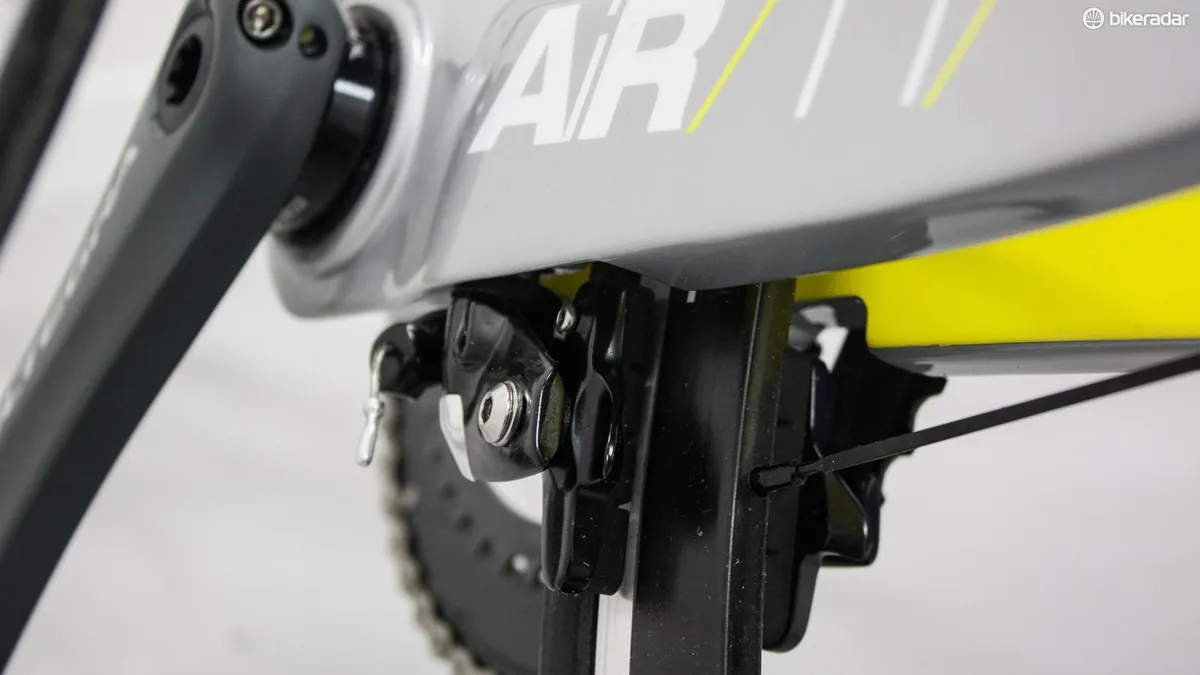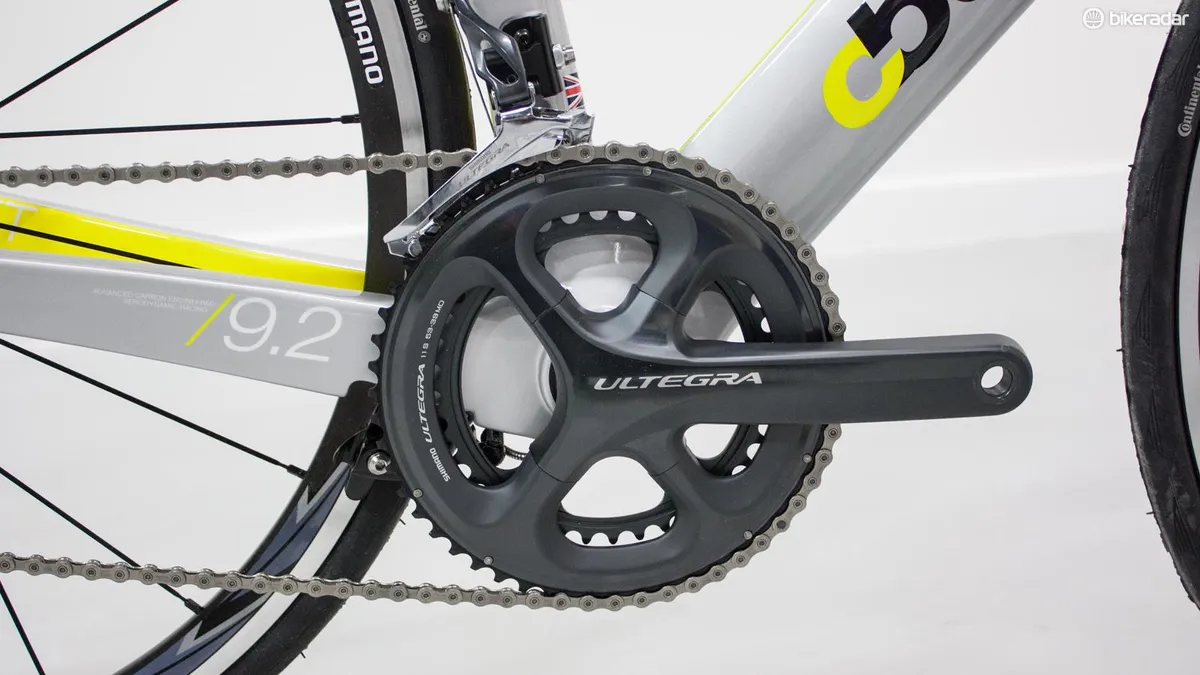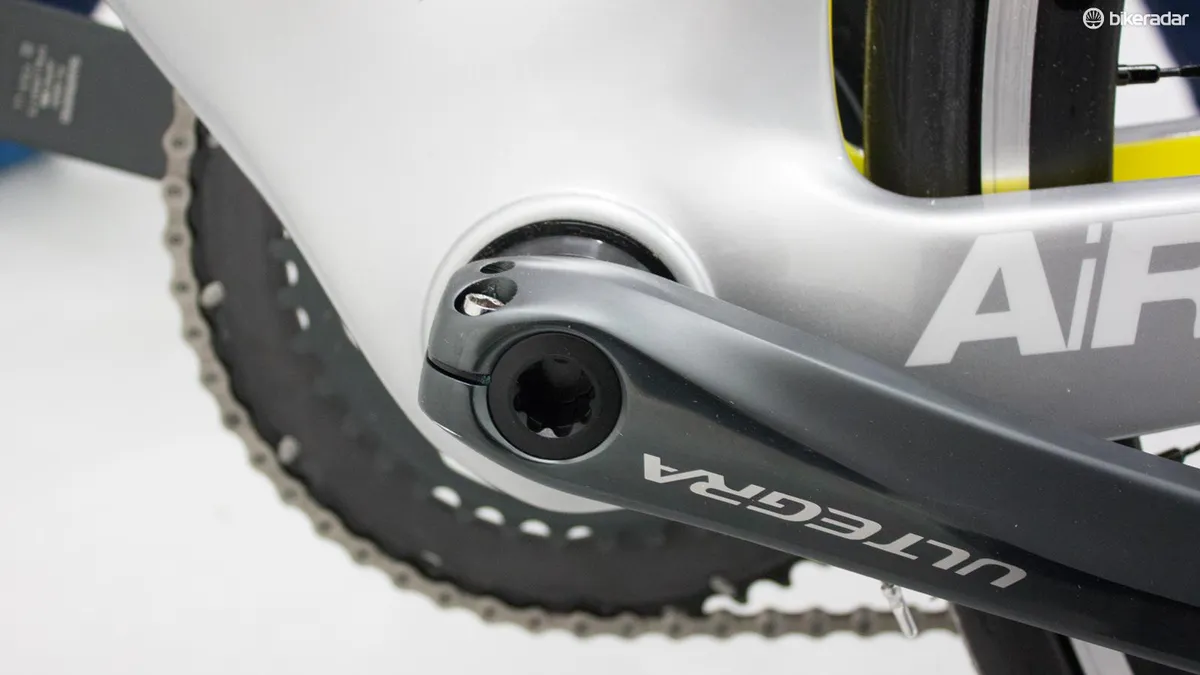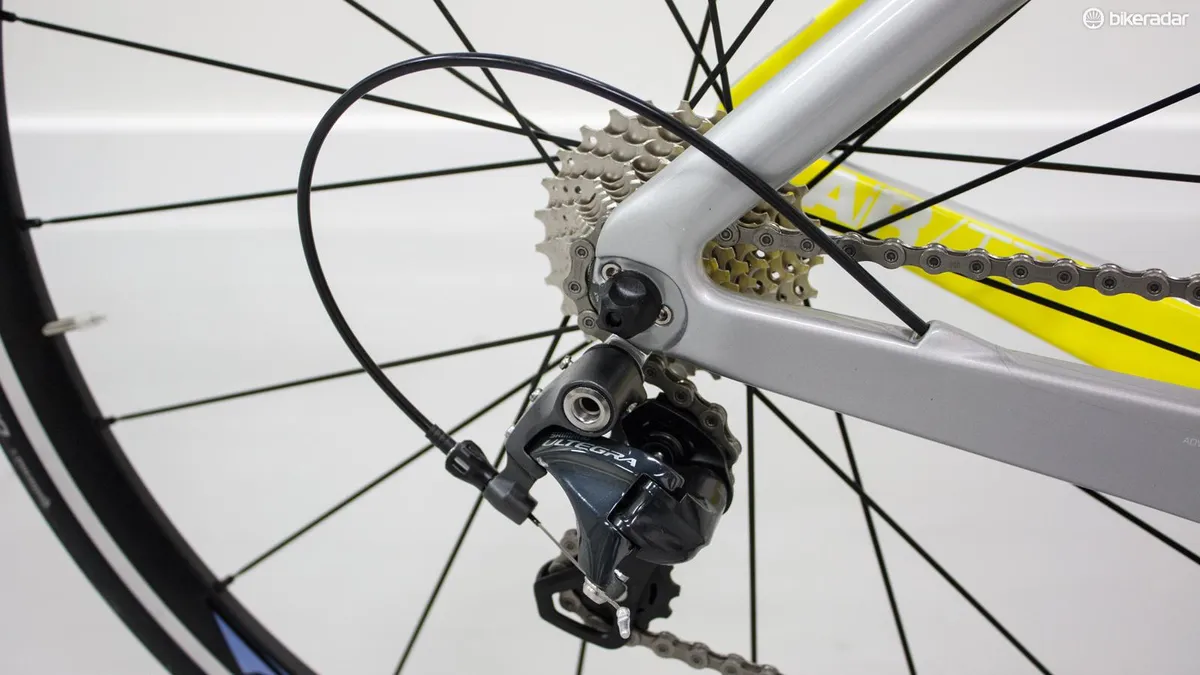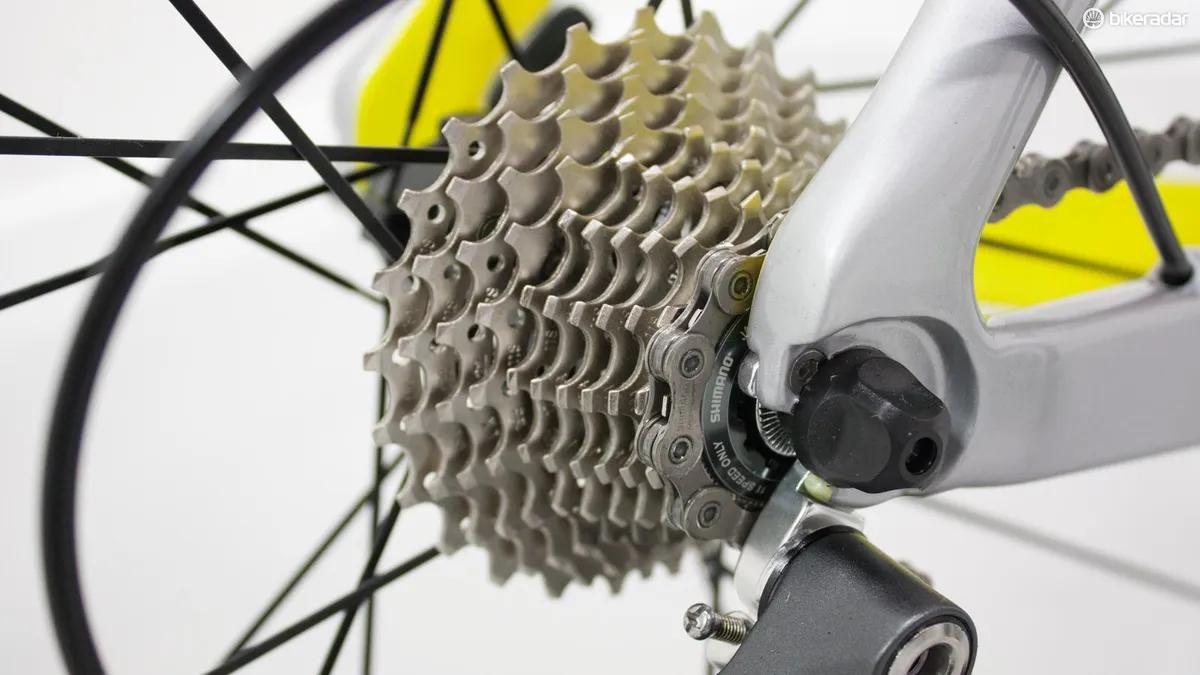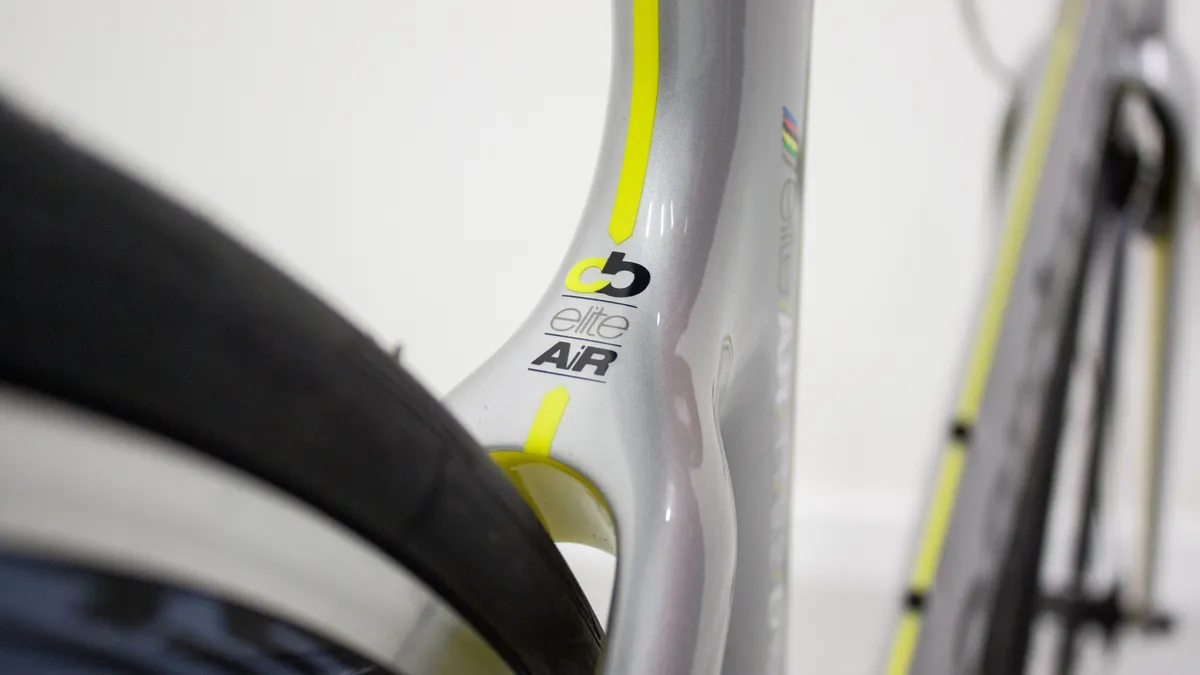Chris Boardman is perhaps best known for his time trialling prowess and an obsession with detail. With the second generation of his bike company's TT bikes, there's been an opportunity to tweak designs for even more aero gains.
The current Boardman range is highlighted by the AiR TTE, a bike that eliminates virtually every potentially drag-causing element – such as bolts, brakes and cables – to give a slick look and top against-the-clock performance.
That bike comes in at a cool £9,000 for the Zipp-equipped model or £5,000 for the Ultegra Di2 setup with RS31 wheels, but the mechanical Ultegra specced AiR TT 9.2 is a much more affordable £2,799 (US$4,000 / AU$2,999). It still benefits from the TTE's development and Boardman's experience with British Cycling's cutting-edge R&D department, the Secret Squirrel Club.
Before looking at the frame's design details, it's worth shouting about Boardman's carbon choice. Unlike most bikes companies, which use lower grade, heavier carbon for lower specced bikes – leaving a bit of a sour taste if you can't afford to the top-end machines – the AiR TT 9.2's ultralight full carbon monocoque frame isn't model-specific. Whether you go for the entry-level 9.0, 9.2 or Di2-equipped 9.4, you get the top carbon, which is also the same material in the 9.8 TTE.
This superior carbon quality regardless of spec is true across Boardman's entire Elite range and one of the reasons the brand's bikes offer such a good investment for upgrades. It's something we don't think they publicise widely enough.
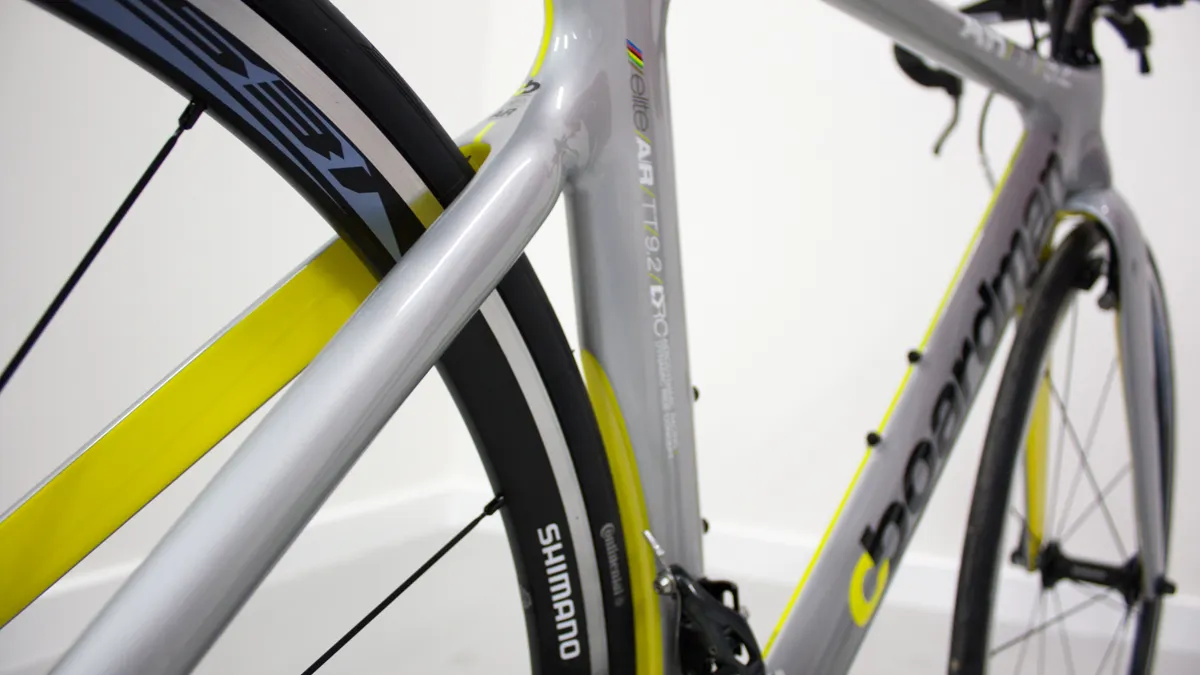
Smooth lines and traditional aerofoil shapes are order of the day for Boardman
The AiR TT 9.2 uses teardrop-shaped tubes, smooth lines and a clean front end to achieve an aerodynamic advantage. At its launch, Boardman said that the aim for the TTE was to create the fastest bike possible, and that there was no compromise in terms of UCI regulations, rather, the results of its CFD design and wind tunnel testing happened to result in a UCI legal design. This meant that there was no pursuing a triathlon-specific model, despite the likes of Specialized, Felt and Cannondale all focusing on non-UCI legal frames.
While the 9.2 doesn't have the integrated bar setup of its big brother, it's worth remembering that this frame shape is an improvement on the old 9.8, which won the 2012 Ironman world champs.
In fact, the 9.2 is full of aero features. The cables neatly slot into the frame behind the Boardman branded stem and run through internal guides throughout the frame. The TRP front brake is completely hidden from the wind, encased just behind the broad, tapered-steerer fork's leading edge. A pair of small holes on the fork's trailing edges enable easy pad adjustment. The cabling for the brake does pop out the side of the fork, but we'll certainly take no brake and a cable over both being on show to the wind.
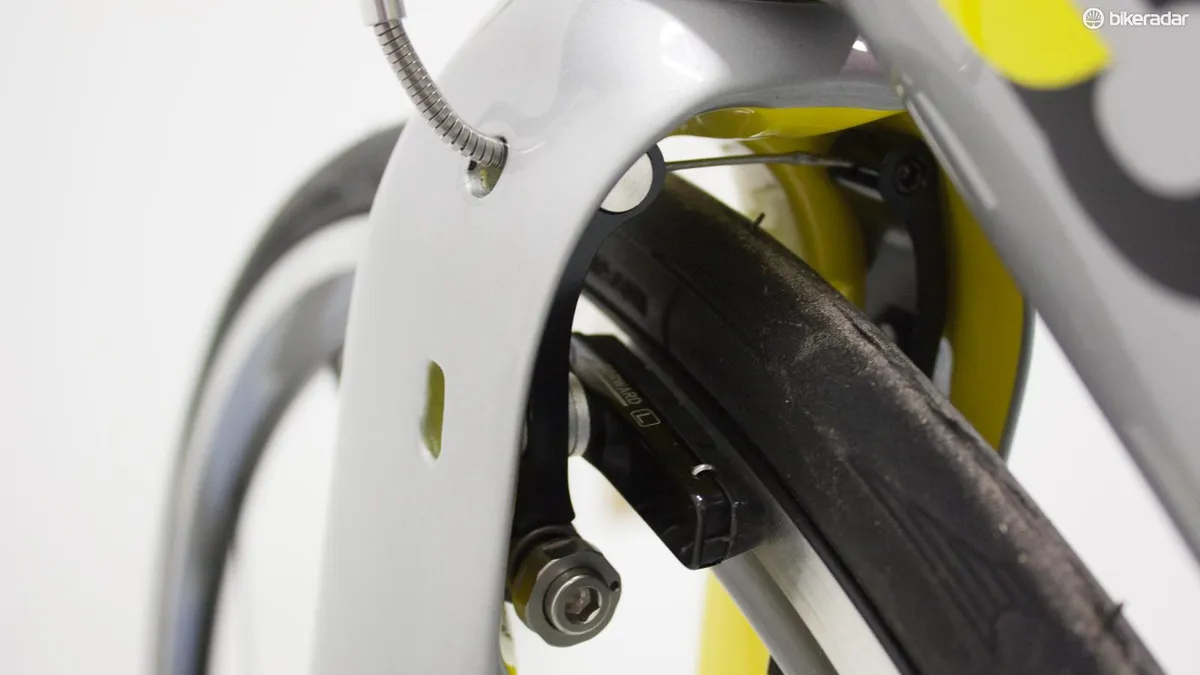
The front brake is hidden inside the broad fork
The traditional aero down tube doesn’t follow the recent trend of featuring a blunt trailing edge, nor is there a wheel-hugging cut-out here. There is one at the back though, accompanied by smooth seatstays that look plenty wide enough for the ever-broadening world of aero wheels. The rear brake (also TRP) is nestled just behind the bottom bracket, with the insides of the fairly boxy chainstays cut away to accommodate the brake shoes.
The horizontal top tube features a ridged shape on its sides as it reaches the seat post, which is secured by an expansion pin beneath a neat rubber housing. The post itself has a four-point fixing system that creates a 76- to 79-degree seat angle for the thoughtfully-specced and soft-tissue friendly ISM Road saddle.
Up front, there's a Vision Trimax alloy bar setup, which allows plenty of adjustment and comfort, thanks to plush pads and S-bend extensions. The Dura-Ace tip shifters control a full Ultegra 11-speed groupset, including the four-bolt chainset that slots into the PF30 BB via 24mm adaptor bearings. It's a standard flat-out-on-the-flat 53x39 chainset, but the beauty of the four-bolt design is that BCD no longer matters, so a more compact set-up is an option. The back-end is also time-trial focused, with an Ultegra 11-25 cassette.
The Shimano RS31 wheelset comes with decent Continental Ultra Race tyres. While they won't win any wind tunnel awards, they're dependable training wheels, even if they are a bit hefty. In fact, of the Boardman's 8.9kg all-up weight (size small), the wheels account for more than 2kg.
Check out the gallery above for detail shots. We’ll have a review of the Boardman AiR TT 9.2 once we’ve been tucked up on it for a few hundred miles.
